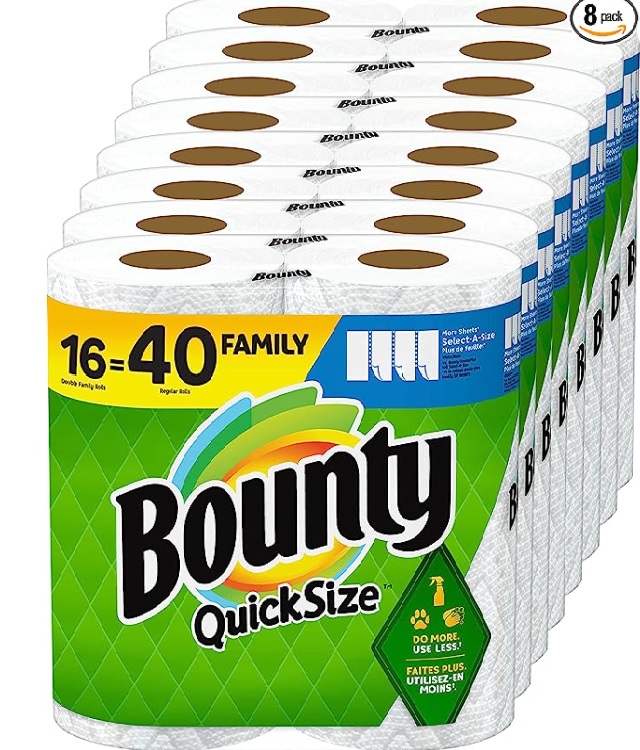
Table of Contents
It is simple for us to relate the term “sanitation towels” with feminine hygiene items used by women during their periods. The usage of sanitary towels for cleaning and hygiene purposes is a different topic that will be covered in this article. The use of sanitary towels has changed over time, and their history is fascinating.
This extensive guide will cover the history of sanitary towels, the various types that are available, their purposes, advantages, and things to keep in mind when purchasing, as well as cite pertinent scientific studies. Let’s go out on this adventure to learn more about the less well-known world of sanitation towels.
A. Scientific Report on Sanitation Towels
The Journal of Infection Prevention published a scientific study in 2019 titled “Comparative study of disposable disinfectant wipes and microfiber towels for surface cleaning in hospitals” that revealed both products were efficient at eradicating pathogens from surfaces. The study stressed the value of following correct cleaning and disinfection procedures in medical facilities, emphasizing the function of sanitation towels in upholding a clean and secure environment.
B. History: When Usage Started & Why?
The idea of utilizing cloth for cleaning has been around for ages; early civilizations used a variety of materials for wiping and cleaning. Modern sanitation towels, on the other hand, weren’t first used until the late 19th century. The first disposable sanitary towel made of wood pulp was introduced in the US in 1896 by Scott Paper Company (now Kimberly-Clark Corporation). The way individuals handle cleaning and hygiene activities has been completely transformed by this innovation.
Sanitation towels immediately grew in popularity because of their portability and disposability as a replacement for reusable cloth cleaning supplies that needed routine washing and upkeep. Sanitation towels’ effectiveness and absorbency were further enhanced by technological and material advances in the 20th century, making them an essential home item worldwide.
C. Types of Sanitation Towels
Over the years, the market has witnessed significant diversification in sanitation towels. Various types are available, catering to different cleaning needs. Some common types include:
C1. Paper Towels
Made from wood pulp or recycled paper, paper towels are absorbent and widely used for general cleaning tasks. They are available in single-use rolls or folded sheets.
C2. Microfiber Towels
These towels are made from synthetic fibers, typically polyesters and polyamides. Microfiber towels are known for their high absorbency and ability to trap dirt and dust effectively. They are often used for cleaning delicate surfaces like electronics and glass without leaving streaks or scratches.
C3. Reusable Cleaning Cloths
These are washable and durable cleaning cloths made from materials like cotton, bamboo, or microfiber. They are environmentally friendly and a popular choice for eco-conscious consumers.
C4. Bamboo Towels
Made from sustainable bamboo fibers, these towels are biodegradable and offer a greener alternative to traditional paper towels.
C5. Disposable Disinfecting Wipes
Pre-moistened with cleaning agents, these wipes are convenient for quick and targeted cleaning of surfaces. They are often used in hospitals, gyms, and households.
D. Usage of Sanitation Towels
The applications of sanitation towels are vast and span across various settings. Some common uses include:
D1. Household Cleaning
Sanitation towels are a staple in every household, used for wiping kitchen counters, cleaning spills, dusting furniture, and maintaining general cleanliness.
D2. Personal Hygiene
In addition to their use for cleaning surfaces, sanitation towels can be used for personal hygiene purposes, such as wiping hands, face, or body during travel or outdoor activities.
D3. Industrial and Commercial Cleaning
In commercial settings, these towels find extensive use in restaurants, hotels, offices, and factories for maintaining hygiene standards.
D4. Healthcare Facilities
Disposable disinfecting wipes are commonly used in hospitals and clinics for maintaining a clean and sterile environment.
D5. Automotive Cleaning
Microfiber towels are widely used for cleaning cars due to their gentle touch and ability to lift dirt without scratching the surface.
E. Benefits of Sanitation Towels
These towels offers several advantages, making them a preferred choice for cleaning and hygiene tasks:
E1. Convenience
These towels are designed for single-use or repeated use, eliminating the need for washing and maintenance.
E2. Absorbency
They have high absorbency, making them effective at soaking up spills and moisture quickly.
E3.Hygiene
Disposable options help maintain hygiene standards, especially in healthcare and food service industries.
E4. Efficiency
Microfiber towels and disposable wipes are known for their efficiency in trapping dirt and bacteria, leading to cleaner surfaces.
E5. Versatility
Different types of towels cater to various cleaning needs, ensuring versatility in their applications.
E6. Reduced Waste
With the availability of reusable options, consumers can reduce waste and make environmentally conscious choices.
F. Factors to Consider While Buying Sanitation Towels
When purchasing such towels, several factors should be taken into account to ensure you get the most suitable option for your needs:
F1. Material
Choose a material that suits your cleaning requirements. Microfiber towels are ideal for delicate surfaces, while paper towels are more suitable for general cleaning.
F2. Absorbency
Consider the level of absorbency needed for your tasks. If you deal with spills frequently, high-absorbency towels are preferable.
F3. Eco-Friendly Options
If environmental impact is a concern, opt for reusable towels made from sustainable materials or biodegradable options.
F4. Size and Packaging
Assess the size of the towel and the packaging to ensure it fits your storage space and is easy to access.
F5. Cost-Effectiveness
Balance the cost of the towels with their quality and performance to get the best value for money.
F6. Reviews and Recommendations
Check reviews and seek recommendations from friends or online communities to make informed decisions.
G. Conclusion
Since their invention, sanitation towels have advanced significantly and are now a crucial component of our everyday cleaning and hygiene routines. Their humble beginnings as disposable sanitary towels have given way to a variety of choices that meet a variety of cleaning requirements.
They have become an industry-standard in homes, businesses, and healthcare facilities all over the world because of their simplicity, effectiveness, and hygiene. People can choose sanitation towels that are in line with their cleaning tastes and values by taking into account aspects like material, absorbency, and eco-friendliness.

![Microfiber Sanitation Towels [Photo Credit: Amazon]](https://veromihi.com/wp-content/uploads/2023/07/Sanitation-Towel.jpg)